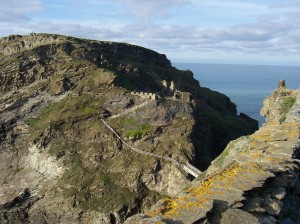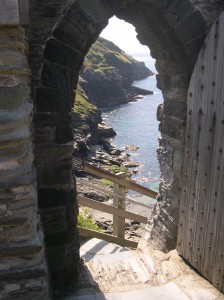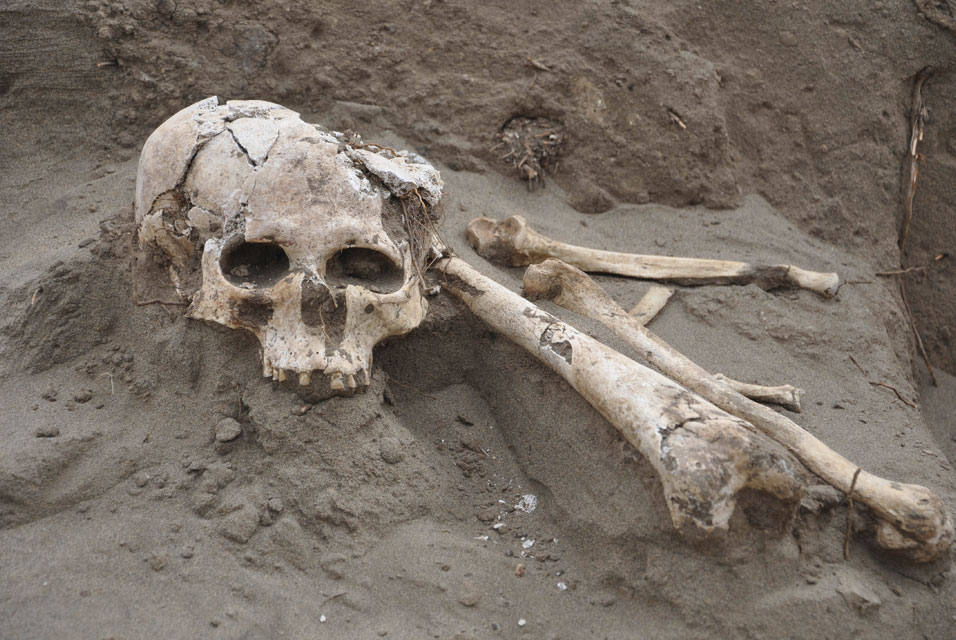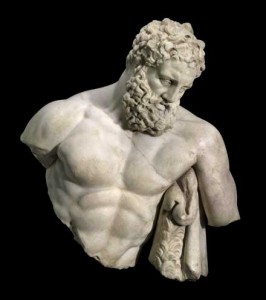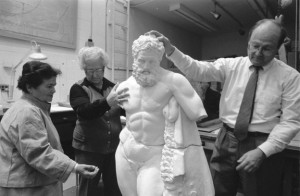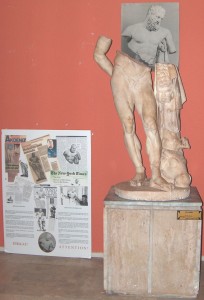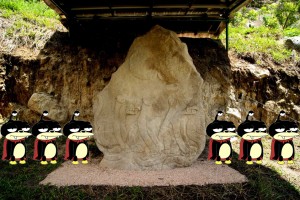 Archaeologists working on the ancient Olmec site of Chalcatzingo in the Central Highlands of Mexico have discovered a 2800-year-old, 1.5-ton stone bas-relief of three felines that bear a notable resemblance to Nibbler from Futurama. The archaeological team was building retaining walls and protective roofs for the existing monolithic bas-reliefs in the Olmec center when they found this one broken into 11 pieces.
Archaeologists working on the ancient Olmec site of Chalcatzingo in the Central Highlands of Mexico have discovered a 2800-year-old, 1.5-ton stone bas-relief of three felines that bear a notable resemblance to Nibbler from Futurama. The archaeological team was building retaining walls and protective roofs for the existing monolithic bas-reliefs in the Olmec center when they found this one broken into 11 pieces.
That was in April. Restorers spent May and June putting the three felines back together again. Now it has gone on display on the north slope of Cerro Chalcatzingo along with the other Olmec monumental carvings of reptiles, felines and human figures.
Sculpted on the stone are three cats sitting in profile, looking west and surrounded by great scroll decorations. […]
Since the first explorations there in the 1930s, some 41 monuments have been discovered in Chalcatzingo up to now, four of which have cat figures, animals feared and venerated by the Olmecs, who inhabited the area between the years 800-500 B.C., a period known as the Middle Pre-Classical.
Experts believe that the Olmecs, the first civilization in the Americas to leave monumental architecture and sculptures, built a frieze all along the Chalcatzingo hill.
To restore such a large piece — it’s 5 feet high, 3.6 feet wide and 1 foot, 4 inches deep — archaeologists had to devise a system of pins that was strong enough to sustain the 1.5 ton weight. They then attached the pieces to each other using a special resin then resurfaced the face using stone dust and lime. It worked, too. You can barely tell from the picture that it was ever cracked, never mind broken into 11 pieces.
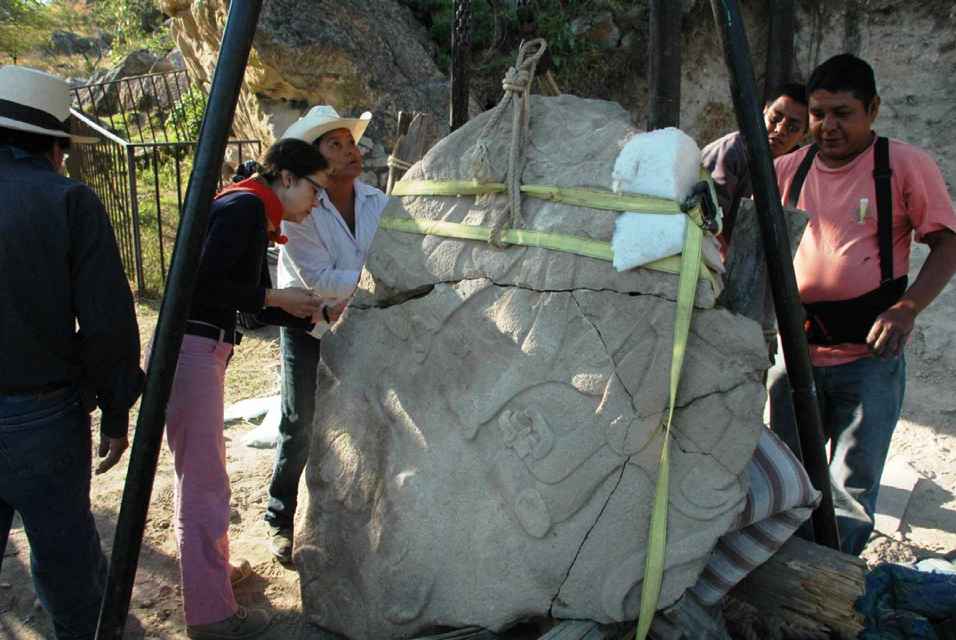
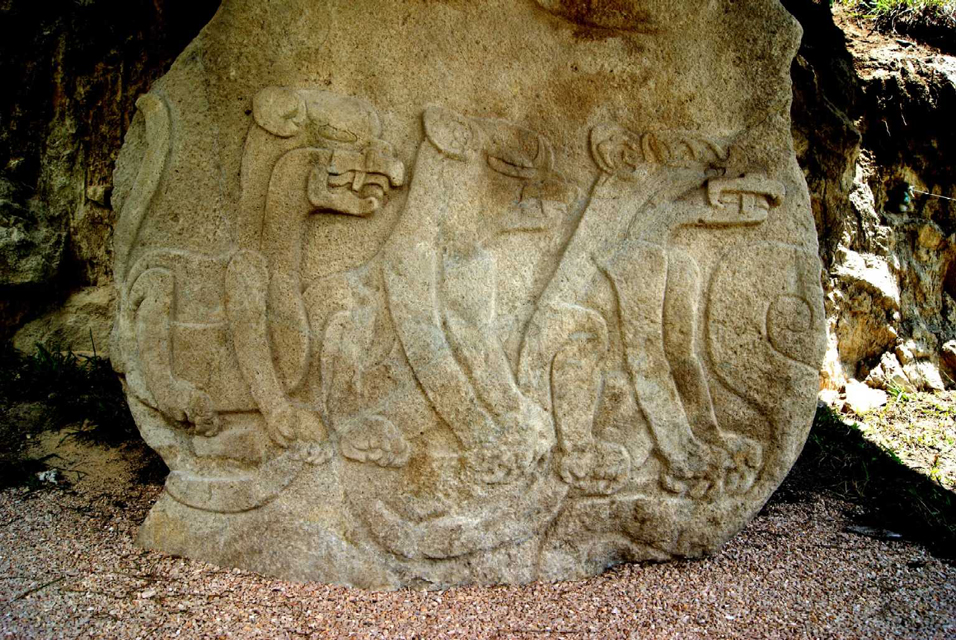
Despite its rich, still unplumbed depths of ancient Mesoamerican art and artifacts, Chalcatzingo archaeological site still hasn’t been fully documented. Archaeologist Mario Cordova, head of the National Institute of Archaeology and History’s Morelos regional center, notes that there is a paucity of iconographic studies of the Olmec carvings of Chalcatzingo because of this lack of documentation, so INAH, with the support of researchers from the University of South Florida will soon begin a registration program to index all the three-dimensional reliefs in Chalcatzingo.
